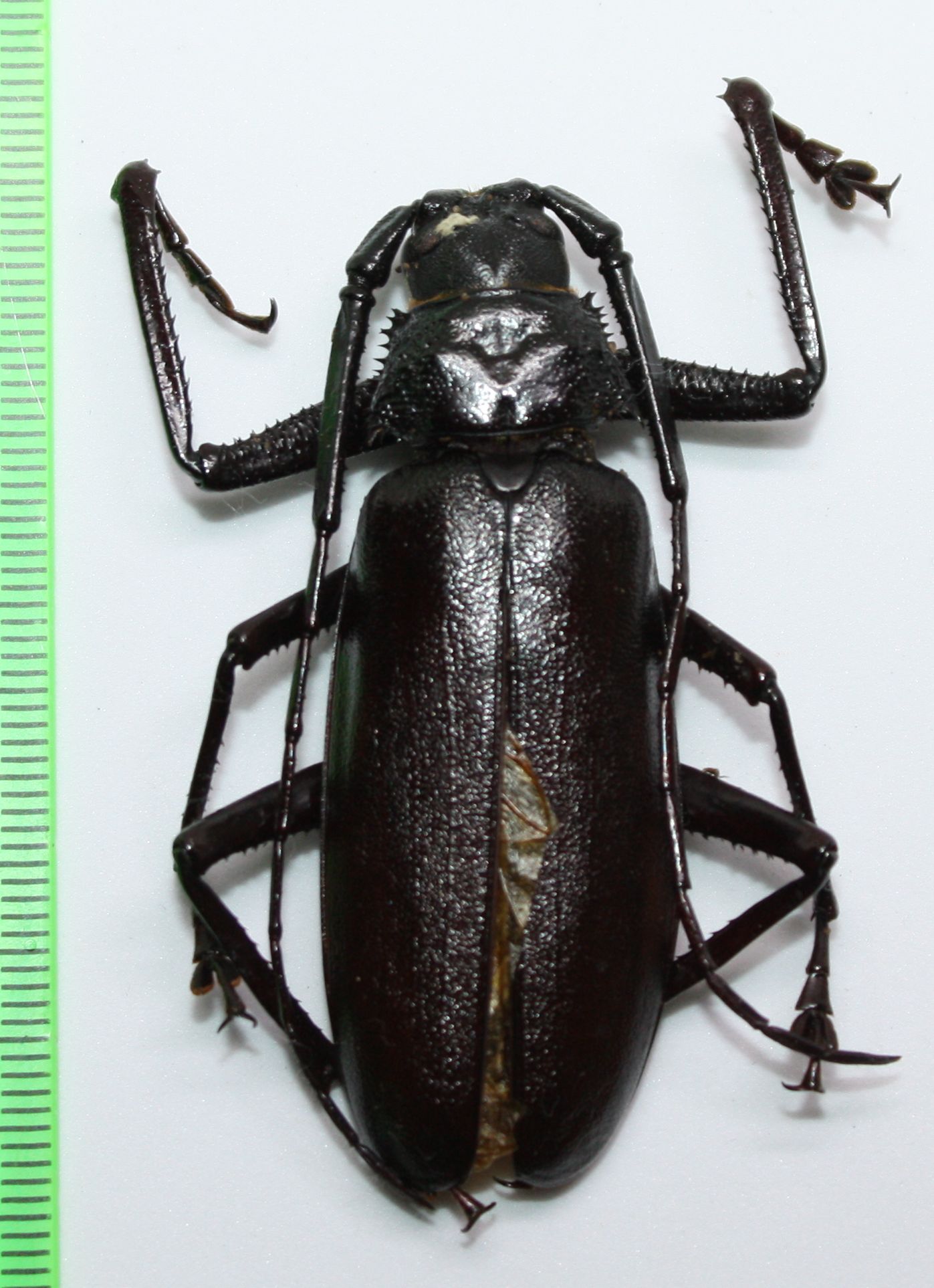| T O P I C R E V I E W |
| dpotanin |
Posted - 27/06/2018 : 12:34:13

295.56 KB
M. natala?
Zimbabwe, Matabeleland, 2016
57 mm |
| 6 L A T E S T R E P L I E S (Newest First) |
| dpotanin |
Posted - 28/06/2018 : 21:28:14
quote:
Originally posted by Capitaine
Close species, but on palmata internal side of third antenomere is clearly denticulated as on fourth to sixth joints (sometimes less obvious).
Exactly! 

321.23 KB |
| Capitaine |
Posted - 28/06/2018 : 14:24:38
Close species, but on palmata internal side of third antenomere is clearly denticulated as on fourth to sixth joints (sometimes less obvious).
Antenal lenght is shorter on coelaspis in average but I have already noted fairly significant variations of this characteristic on palmata. |
| dpotanin |
Posted - 27/06/2018 : 23:55:43
quote:
Originally posted by africaone
surely not hassoni. probably palmata (see also the RSa species coelaspis, very difficult to separate on habitus)
Thank you! Could you say how these species could be differed each other? |
| africaone |
Posted - 27/06/2018 : 22:17:42
surely not hassoni. probably palmata (see also the RSa species coelaspis, very difficult to separate on habitus) |
| dpotanin |
Posted - 27/06/2018 : 21:42:44
quote:
Originally posted by Capitaine
Natala has posteriors femorae strongly spiny on both sides. This doesn't seems to be the case on your specimen.
So, it could be palmata widely spread on southern and tropical Africa or hassoni (typical area: Angola).
How can be differed these two species (palmata and hassoni)? |
| Capitaine |
Posted - 27/06/2018 : 15:59:20
Natala has posteriors femurs strongly spiny on both sides. This doesn't seems to be the case of your specimen.
So, it could be palmata widely spread on southern and tropical Africa or hassoni (typical area: Angola). |


